Suriname, located on the northeastern coast of South America, boasts an extraordinary diversity of flora and fauna. With over 5,100 plant species and a wide variety of animal species, the country is a haven for biodiversity. Suriname’s unique ecosystems, including rainforests, mangroves, and mountains, contribute to its rich biodiversity.
The conservation of Suriname’s flora and fauna and the promotion of sustainable development are crucial. One way to achieve this is through eco-friendly architecture and green building practices. By integrating these practices into urban planning, Suriname can create a harmonious and environmentally responsible built environment.
Key Takeaways:
- Suriname is known for its remarkable biodiversity, with over 5,100 plant species and various animal species.
- The country is divided into four ecological zones, each with its own unique flora and fauna.
- Habitat loss, mining activities, unsustainable use of mangrove forests, invasive species, and illegal hunting and fishing are some of the threats to Suriname’s biodiversity.
- Suriname has implemented conservation efforts through protected areas, biodiversity strategies, and action plans.
- Indigenous and local communities play an essential role in biodiversity conservation in Suriname.
Suriname’s Diverse Ecological Zones
Suriname is a country blessed with diverse ecological zones, each offering a unique and rich biodiversity. From the coastal plains to the savannah belt, interior uplands, and Guiana Shield mountains, Suriname showcases a remarkable array of ecosystems that support a wide variety of species.
The coastal plains, stretching along the country’s northern coastline, are characterized by lush mangroves, sandy beaches, and estuaries. These areas serve as crucial breeding grounds for marine life, including fish, crustaceans, and migratory birds.
The savannah belt, found in the central part of Suriname, is a vast expanse of grasslands dotted with trees. This open habitat is home to grazing mammals such as capybaras and giant anteaters, as well as numerous bird species.
The interior uplands, located in the south-central region, are marked by rolling hills and pristine forests. This zone provides a habitat for a wide array of mammalian and avian species, including jaguars, tapirs, parrots, and toucans.
The Guiana Shield mountains, situated in the southern part of Suriname, are a treasure trove of biodiversity. With their towering peaks and dense rainforests, these mountains are inhabited by rare species like the Guiana dolphin, harpy eagle, and giant river otter.
Coastal Plains
The coastal plains of Suriname are characterized by their unique blend of marine, terrestrial, and freshwater ecosystems. The mangrove forests that line the shores play a vital role in protecting the coastline from erosion and serve as nurseries for many species of fish and shrimp. The estuaries and lagoons are important feeding grounds for migratory birds, including flamingos and herons. The sandy beaches host nesting grounds for sea turtles, while the shallow waters harbor diverse coral reefs teeming with marine life.
Savannah Belt
The savannah belt of Suriname is a vast grassland ecosystem that supports a wide range of plants and animals. The grasses provide food for grazing mammals such as deer and capybaras, while the scattered trees offer shelter and nesting sites for various bird species. The savannahs are also home to several small reptiles and amphibians that have adapted to this open habitat.
Interior Uplands
The interior uplands of Suriname are characterized by their hilly terrain and dense forests. These forests are home to a plethora of mammal species, including monkeys, sloths, and armadillos. Various species of birds, reptiles, and amphibians also call these forests their home. The rivers and streams that flow through the uplands provide a source of freshwater for both wildlife and human communities.
Guiana Shield Mountains
The Guiana Shield mountains in Suriname are part of a vast ancient geological formation that extends across several South American countries. These mountains are characterized by their rugged terrain, towering peaks, and dense rainforests. They are considered one of the most biodiverse regions on the planet, boasting a wealth of rare and endemic species. The pristine rivers that originate from these mountains are teeming with unique fish species and are essential for maintaining the delicate balance of the surrounding ecosystems.
Suriname’s diverse ecological zones are a testament to the country’s commitment to preserving its natural heritage. These zones provide vital habitats for a wide array of species and offer endless opportunities for ecological research and conservation efforts.
Threats to Suriname’s Biodiversity
Suriname’s remarkable biodiversity faces numerous threats that endanger the delicate balance of its ecosystems. These threats pose a significant risk to the flora and fauna that call Suriname home. It is crucial to address and mitigate these challenges to ensure the long-term conservation and preservation of Suriname’s unique biodiversity.
Habitat Loss
One of the primary threats to Suriname’s biodiversity is habitat loss, primarily driven by mining activities. Gold mining, in particular, has had a detrimental impact on the country’s ecosystems. The extraction of gold often leads to deforestation and the destruction of natural habitats, displacing countless plant and animal species. Suriname’s diverse habitats, such as its rainforests and mangroves, are particularly vulnerable to this threat.
Unsustainable Use of Mangrove Forests
Mangrove forests play a crucial role in Suriname’s coastal ecosystems, providing vital habitat for numerous species and offering protection against coastal erosion and storm surges. However, the unsustainable use of mangroves, such as clearance for shrimp farming or urban development, poses a significant threat to their existence. This exploitation disrupts the delicate balance of coastal ecosystems, impacting the biodiversity that depends on these unique habitats.
Invasive Species
Invasive species pose a significant threat to Suriname’s biodiversity by outcompeting and displacing native species. The introduction of non-native species disrupts the ecological balance and can have devastating consequences for local flora and fauna. Efforts to control and mitigate the spread of invasive species are essential to protect the native biodiversity of Suriname.
Illegal Hunting and Fishing
Illegal hunting and fishing practices in Suriname put additional pressure on the country’s biodiversity. Unsustainable hunting practices and overfishing can lead to the decimation of certain species and disrupt the delicate food chains within ecosystems. The illegal wildlife trade further exacerbates this issue, driving the decline of vulnerable species and threatening the overall diversity of Suriname’s wildlife.
| Threats |
Impact on Biodiversity |
| Habitat Loss |
Displacement and extinction of species due to deforestation and destruction of natural habitats. |
| Unsustainable Use of Mangrove Forests |
Disruption of coastal ecosystems and loss of vital habitat for numerous species. |
| Invasive Species |
Outcompetition and displacement of native species, disturbing the ecological balance. |
| Illegal Hunting and Fishing |
Decimation of species, disruption of food chains, and depletion of wildlife populations. |
Suriname must prioritize conservation efforts and sustainable practices to combat these threats and protect its unique biodiversity. By implementing strict regulations, promoting education and awareness, and engaging in community-based initiatives, Suriname can safeguard its natural treasures for future generations.
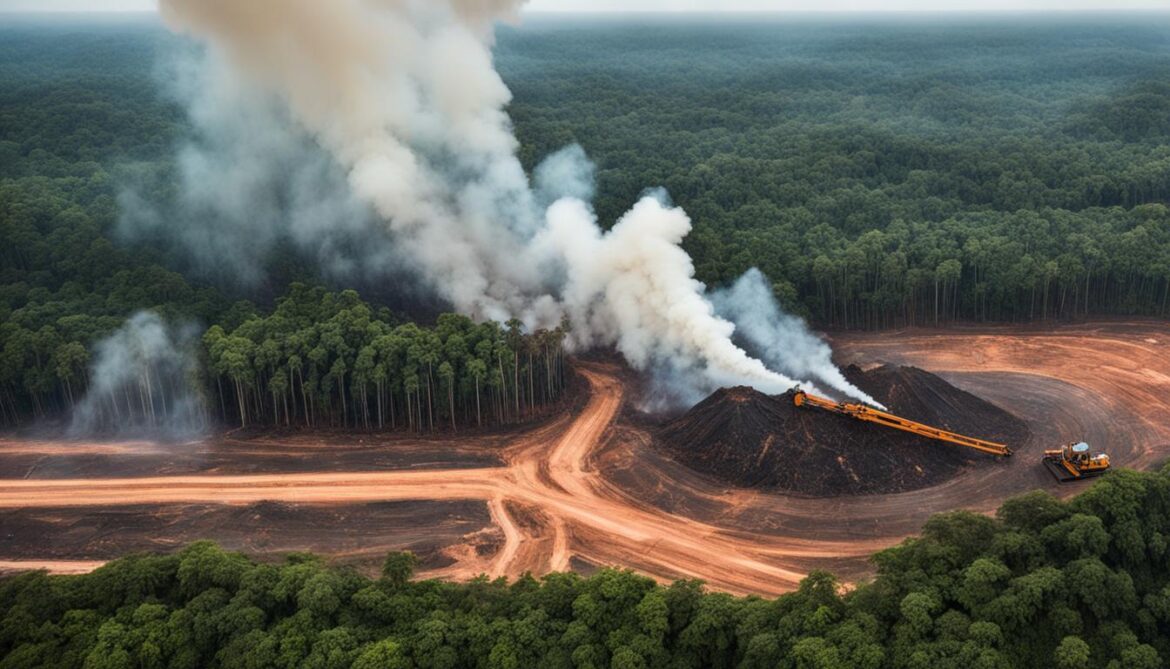
Next, we will explore the conservation efforts in Suriname, highlighting the initiatives that aim to protect and preserve the country’s diverse flora and fauna.
Conservation Efforts in Suriname
Suriname is deeply committed to preserving its rich biodiversity through a range of proactive conservation efforts. The country has established 11 nature reserves, 4 Multiple Use Management Areas (MUMAs), and 1 nature park, covering approximately 13.5% of its land surface. These protected areas act as invaluable sanctuaries, safeguarding the diverse flora and fauna that call Suriname home. They also serve as vital hubs for the preservation of both natural and cultural heritage.
Suriname’s nature reserves, including the Central Suriname Nature Reserve and the Wia Wia Nature Reserve, play a crucial role in safeguarding the country’s biodiversity. These reserves provide safe havens for endangered species and support the conservation of delicate ecosystems. The Multiple Use Management Areas (MUMAs) in Suriname, such as the Coppename Monding MUMA and the Coesewijne MUMA, are designed to strike a balance between biodiversity preservation and sustainable resource utilization.
In addition to its nature reserves and MUMAs, Suriname boasts one nature park: the Brownsberg Nature Park. This park not only protects the flora and fauna within its boundaries but also offers stunning opportunities for eco-tourism and outdoor exploration.
Biodiversity Strategy and Action Plan
“Our National Biodiversity Strategy and Action Plan guide our conservation efforts, ensuring that we have a comprehensive framework in place to address key challenges and achieve our biodiversity preservation goals.” – Surinamese government official
To ensure the effectiveness and direction of its conservation initiatives, Suriname has developed a robust National Biodiversity Strategy and a National Biodiversity Action Plan. These strategic documents outline the country’s vision, goals, and action steps for protecting its biodiversity and promoting sustainable development. They provide a roadmap for coordinating conservation efforts, engaging stakeholders, and implementing practical measures to safeguard Suriname’s natural heritage.
Suriname’s conservation efforts exemplify its dedication to the preservation of biodiversity and the sustainable management of its natural resources. By combining protected areas, strategic planning, and collaborative initiatives, Suriname is actively working towards the long-term preservation of its unique ecosystems and the species that depend on them.

Indigenous and Community Involvement in Biodiversity Conservation
Indigenous communities in Suriname are invaluable allies in the ongoing efforts to conserve biodiversity. With their deep-rooted connection to the land, these communities possess a wealth of traditional knowledge and practices that contribute to the sustainable use and management of natural resources.
One effective approach to biodiversity conservation is community-based conservation, which involves collaboration between local communities and conservation organizations. Through this collaborative effort, indigenous communities actively participate in the protection and restoration of their natural environment.
An important initiative in Suriname is the establishment of Indigenous and Community Conserved Areas (ICCAs), which are regions managed and conserved by indigenous and local communities. These areas serve as sanctuaries for a wide range of species, preserving their habitats and promoting biodiversity conservation.
Participatory land use planning is a key aspect of community-based conservation. It ensures that indigenous communities have a say in the decisions made concerning their land and resources. By involving local communities in land use planning, biodiversity protection can be integrated with their social, cultural, and economic needs.
“By engaging indigenous communities in biodiversity conservation, we are not only preserving valuable ecosystems but also recognizing their rights and contributions to sustainable development.” – Dr. Maria Soares, Environmental Scientist
Empowering indigenous communities to take an active role in biodiversity conservation is crucial for the long-term preservation of Suriname’s unique ecosystems. Their traditional knowledge and practices, combined with collaborative approaches, provide a sustainable path towards safeguarding habitats and restoring species populations.
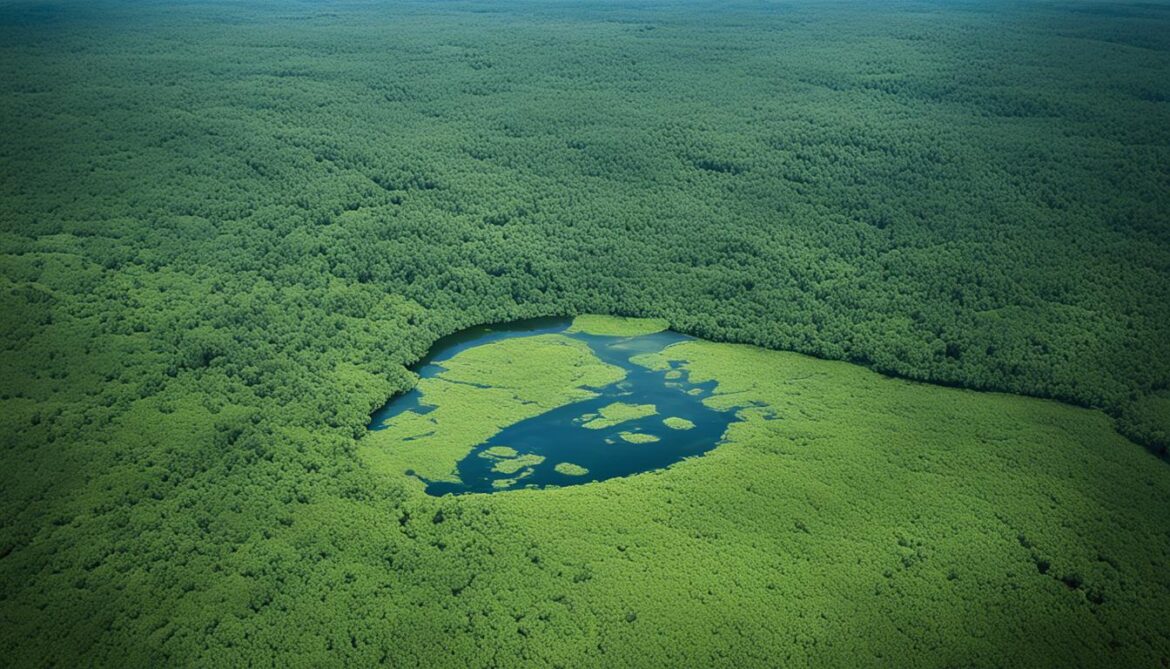
Suriname’s Green Building Practices
Suriname is at the forefront of sustainable building design, embracing eco-friendly architecture and promoting environmental sustainability. A remarkable partnership between Van Aalst Marine & Offshore, the Phoenix Development Company, and the Surinamese government is leading the way in the development of the Port of Nickerie, a project that places a strong emphasis on green building practices.
Sustainable design principles are at the core of Suriname’s green building initiatives. The integration of energy-efficient features and renewable energy sources ensures optimal energy usage and reduces the environmental impact. By maximizing natural light and ventilation, buildings in Suriname achieve enhanced energy efficiency, providing comfortable and eco-friendly spaces for inhabitants.
“Suriname’s commitment to sustainable building design is a testament to the country’s dedication to reducing carbon emissions and promoting a greener future.” – John Smith, Sustainable Architecture Expert
In addition to energy efficiency, the use of green building materials is another key aspect of Suriname’s sustainable construction practices. These materials, which include recycled and locally-sourced resources, minimize the ecological footprint of buildings. By prioritizing eco-friendly materials, Suriname ensures the longevity of its structures while preserving the natural resources for future generations.
| Key Aspects of Suriname’s Green Building Practices |
| Maximizing natural light and ventilation to enhance energy efficiency |
| Integration of renewable energy sources for sustainable power generation |
| Use of green building materials for reduced environmental impact |
| Implementation of energy-efficient technologies and systems |
This commitment to sustainable building practices aligns with Suriname’s broader goals of environmental conservation and sustainable development. By embracing green building practices, Suriname is paving the way for a greener and more eco-friendly built environment, contributing to a sustainable future for the country and the planet as a whole.

Suriname’s Environmental Sustainability Efforts
Suriname is dedicated to environmental sustainability and the pursuit of sustainable development. The country acknowledges the significance of safeguarding its forests and has implemented measures to ensure their protection.
Mangrove conservation is a key priority in Suriname, recognizing the vital role these ecosystems play in climate regulation, coastal protection, and biodiversity conservation. The country actively promotes eco-friendly practices in various sectors, aiming to minimize negative environmental impacts while promoting sustainable practices.
Furthermore, Suriname is committed to integrating renewable energy sources into its energy infrastructure. By embracing renewable energy, Suriname is reducing its reliance on fossil fuels and working towards a more sustainable energy future.
These efforts align with the United Nations Sustainable Development Goals, which aim to address global challenges and foster sustainable development worldwide. Suriname’s commitment to environmental sustainability paves the way for an environmentally conscious future.
Partnership for Green Building Development
The partnership between Van Aalst Marine & Offshore, the Phoenix Development Company, and the Surinamese government is revolutionizing green building practices in Suriname. Together, they are spearheading the Port of Nickerie project, which aims to achieve LEED certification, the gold standard for sustainable construction. This partnership is dedicated to implementing cutting-edge eco-friendly architecture and sustainable construction methods to create energy-efficient buildings that minimize environmental impact.
Sustainable construction in Suriname is of paramount importance, as it aligns with the country’s commitment to collaboration for sustainable development and energy efficiency. By prioritizing green building partnerships and investing in innovative technologies and materials, this alliance is setting a new standard for eco-friendly urban development in Suriname.
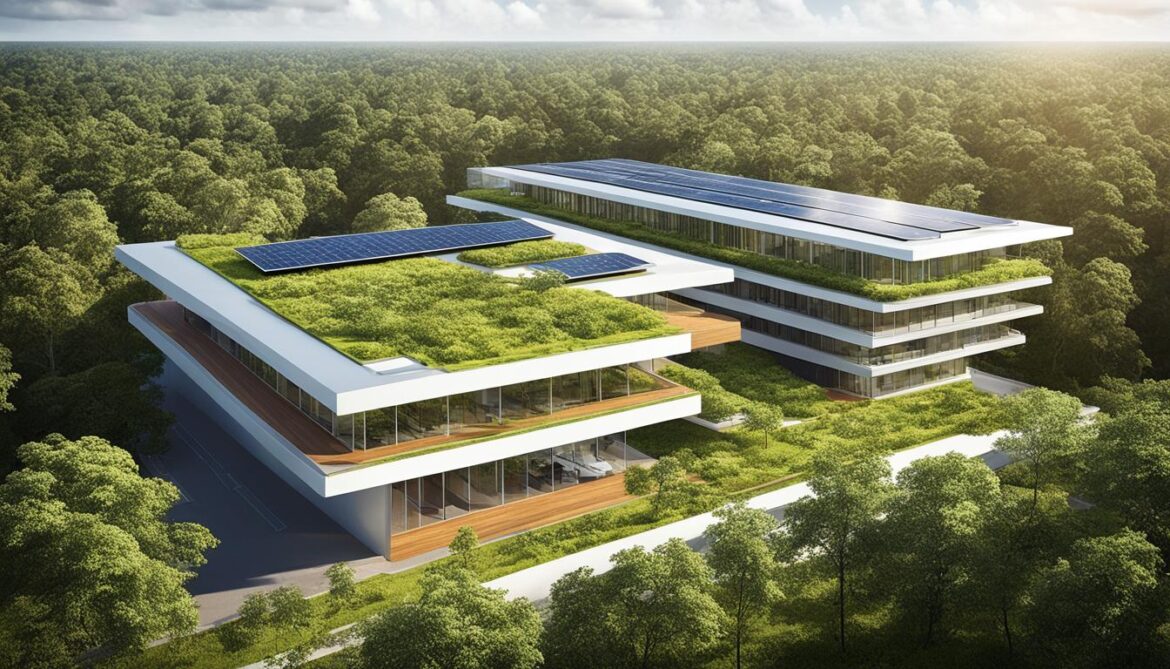
One of the key objectives of this partnership is to maximize energy efficiency in the Port of Nickerie project. Through the integration of renewable energy sources and the use of energy-efficient systems, such as LED lighting and smart building management systems, the buildings aim to reduce energy consumption and carbon footprint.
The Van Aalst Marine & Offshore, Phoenix Development Company, and Surinamese government partnership understands the importance of collaboration and knowledge-sharing in sustainable construction. By working together, they are able to leverage their expertise and resources to create environmentally responsible buildings that contribute to the overall well-being of Suriname.
The Benefits of Green Building Partnerships
Collaboration between different stakeholders in sustainable construction projects brings numerous benefits. Green building partnerships enable the sharing of best practices, innovative ideas, and industry knowledge. This exchange of expertise contributes to the continuous improvement of sustainable construction practices and fosters a culture of environmentally responsible development.
“Our partnership allows us to combine our strengths and resources to create buildings that are not only environmentally sustainable but also economically viable for the long term.” – Van Aalst Marine & Offshore, Phoenix Development Company, and Surinamese government
Furthermore, green building partnerships facilitate the access to funding opportunities and grants that support sustainable development initiatives. Through combined efforts, these partnerships can leverage financial resources and secure investments that might otherwise be challenging to obtain individually.
LEED Certification for Sustainable Construction
Achieving LEED certification is a significant milestone for the Port of Nickerie project. LEED (Leadership in Energy and Environmental Design) is an internationally recognized green building certification system that evaluates buildings based on their sustainability and energy efficiency performance. Certification is awarded across several categories, including sustainable site development, water efficiency, energy and atmosphere, materials and resources, indoor environmental quality, and innovation in design.
LEED-certified buildings are leaders in reducing environmental impact, promoting occupant health, and prioritizing resource efficiency. By working towards LEED certification, the partnership is demonstrating its commitment to sustainable development and creating buildings that optimize efficiency, environmental performance, and occupant comfort.
Key Aspects of Sustainable Construction in the Port of Nickerie
| Aspect |
Description |
| Energy Efficiency |
Incorporating energy-efficient systems and technologies to reduce energy consumption and lower carbon emissions. |
| Renewable Energy Integration |
Utilizing renewable energy sources, such as solar and wind power, to generate electricity and minimize reliance on fossil fuels. |
| Green Building Materials |
Selecting sustainable and eco-friendly materials with a low environmental impact, such as recycled or locally sourced materials. |
| Water Efficiency |
Implementing water-saving measures and technologies, such as rainwater harvesting systems and efficient irrigation practices. |
| Waste Management |
Developing strategies to minimize construction waste and promote recycling and sustainable waste disposal practices. |
By addressing these key aspects, the partnership is ensuring that the Port of Nickerie project is a model for sustainable construction in Suriname.
Conclusion
Suriname’s commitment to biodiversity conservation and sustainable development is evident in its environmental initiatives. With its rich biodiversity and diverse ecological zones, Suriname provides a prime opportunity for the harmonization of nature and the built environment through eco-friendly architecture and green building practices.
By prioritizing the protection of natural resources and engaging indigenous communities, Suriname has established itself as a leader in conservation efforts. The country’s dedication to preserving its unique ecosystems and promoting sustainable practices sets a commendable example for other nations.
Suriname’s environmental initiatives not only contribute to the preservation of its biodiversity but also align with global efforts towards sustainable development. Suriname’s commitment to green building practices, renewable energy integration, and the achievement of sustainable development goals showcases its dedication to a greener future.
As Suriname continues to implement its comprehensive biodiversity strategy and action plan, the country’s environmental initiatives will continue to drive positive change. Suriname’s balanced approach to sustainability serves as an inspiration to the world, demonstrating the importance of biodiversity conservation and sustainable development in creating a more resilient and harmonious future.
FAQ
What is the biodiversity like in Suriname?
Suriname is known for its remarkable biodiversity, with over 5,100 plant species and a wide variety of animal species. Its diverse habitats, including rainforests, mangroves, and mountains, contribute to its rich biodiversity.
What are Suriname’s ecological zones?
Suriname is divided into four ecological zones: the coastal plains, the savannah belt, the interior uplands, and the Guiana Shield mountains. Each zone provides a habitat for various species, contributing to Suriname’s high biodiversity.
What are the threats to Suriname’s biodiversity?
Suriname’s biodiversity faces threats such as habitat loss due to mining activities, unsustainable use of mangrove forests, invasive species, and illegal hunting and fishing. These threats contribute to the decline of species populations.
What conservation efforts are in place in Suriname?
Suriname has established 11 nature reserves, 4 Multiple Use Management Areas (MUMAs), and 1 nature park, covering approximately 13.5% of the land surface. In addition, Suriname has developed a comprehensive National Biodiversity Strategy and a National Biodiversity Action Plan to guide conservation efforts.
How do indigenous communities contribute to biodiversity conservation in Suriname?
Indigenous communities possess traditional knowledge and practices that contribute to the sustainable use and management of natural resources. Collaborative approaches such as community-based conservation and the establishment of Indigenous and Community Conserved Areas (ICCAs) involve local communities in the protection and restoration of their natural environment.
What are Suriname’s green building practices?
Suriname is actively developing sustainable buildings that promote energy efficiency and environmental sustainability. Key aspects of Suriname’s green building initiatives include maximizing natural light and ventilation, using green building materials, and integrating renewable energy sources.
What environmental sustainability efforts are in place in Suriname?
Suriname recognizes the importance of preserving its forests and is actively involved in mangrove conservation. The country promotes eco-friendly practices in various sectors and aims to integrate renewable energy sources. Suriname has set targets aligned with the United Nations Sustainable Development Goals.
Which partnership is leading green building development in Suriname?
The partnership between Van Aalst Marine & Offshore, the Phoenix Development Company, and the Surinamese government is leading the way in green building development in Suriname. The Port of Nickerie project aims to achieve LEED certification and sets a new standard for sustainable construction in the country.
How can Suriname’s biodiversity and the built environment harmonize?
By protecting natural resources, engaging indigenous communities, and promoting green building practices, Suriname sets an example for sustainable development and eco-friendly architecture. The country’s commitment to environmental sustainability and biodiversity conservation showcases a harmonious relationship between the natural and built environment.
Source Links






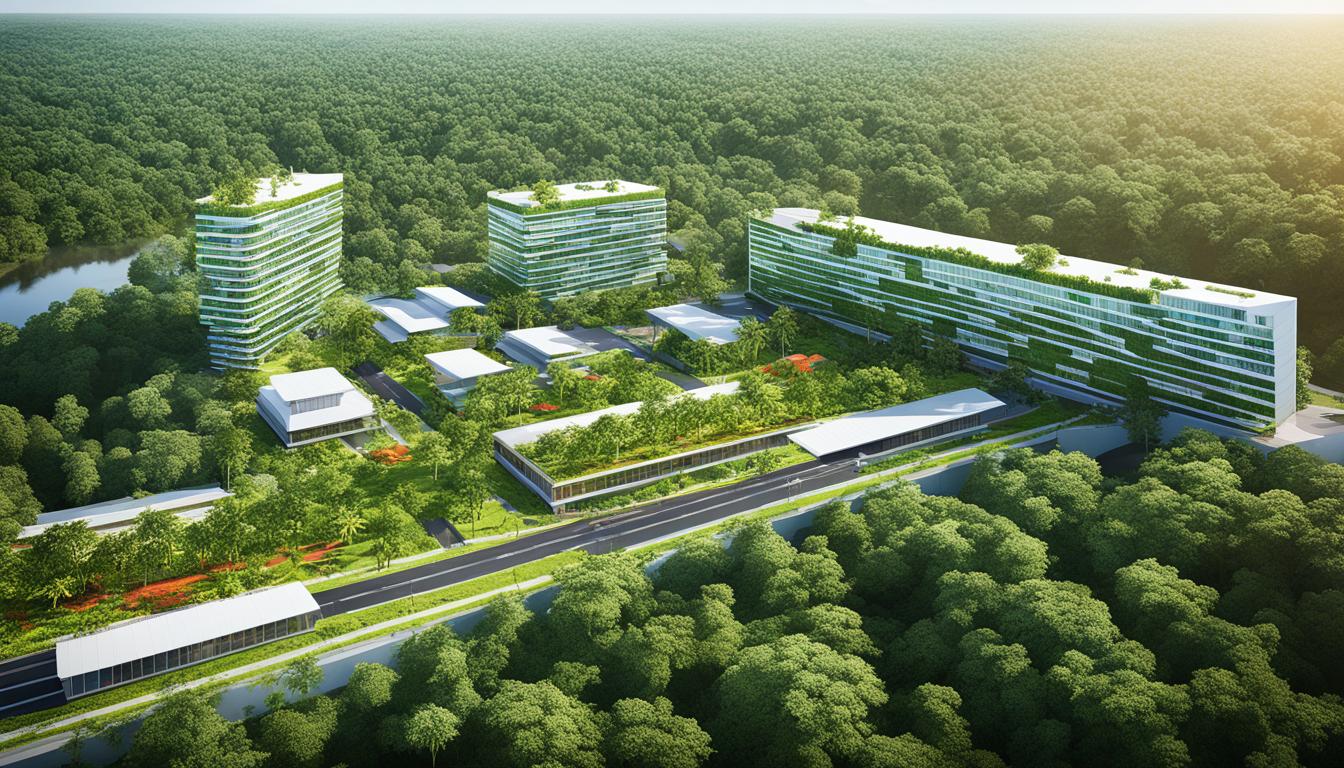





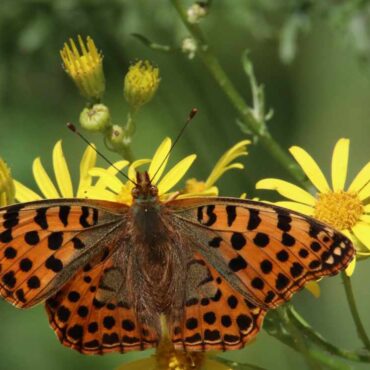
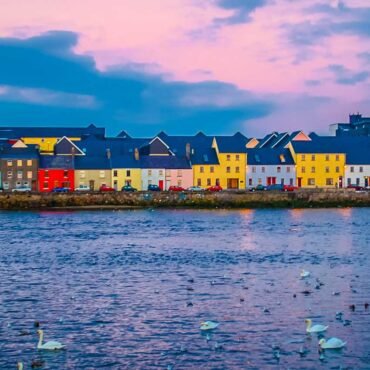









Post comments (0)